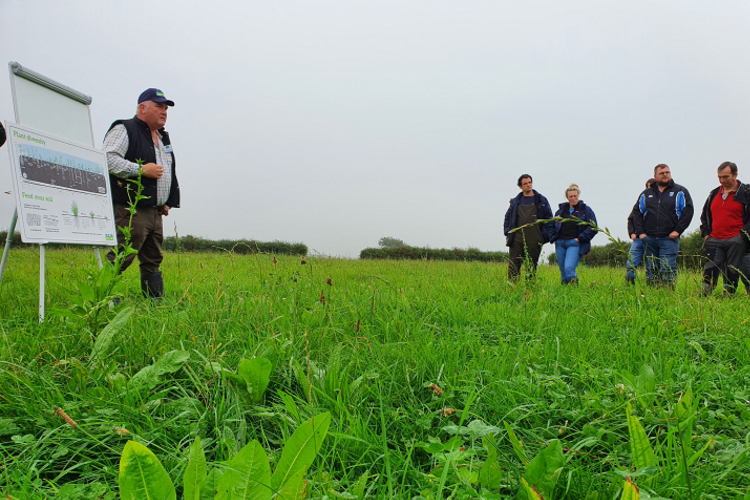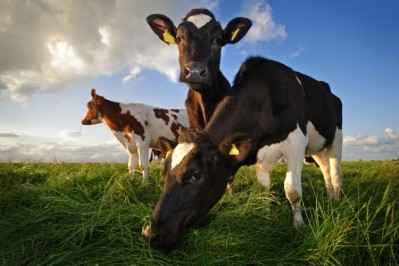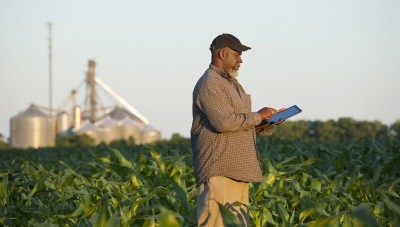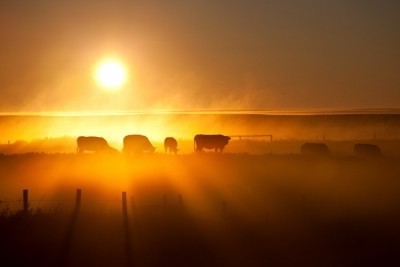First Milk members get behind regenerative ag: ‘Dairy farmers can be part of the climate solution’

Members have committed to almost 131,000 field-level regenerative interventions across more than 78,000 hectares of land. “Together, our members are implementing regenerative practices on a land area greater than the equivalent of Glasgow, Manchester, Cardiff and Bristol combined,” stressed Mark Brooking, First Milk Sustainability Director. “The support for our regenerative farming programme has been amazing, with most members attending our practical workshops and more than 90% of all members making individual field-level commitments.”
Farmers participating in the regenerative programme have each submitted regenerative plans for their farms, using First Milk’s ‘unique’ digital mapping tool. They have committed to implement a range of regenerative interventions for individual fields or the whole farm in the year ahead. Each intervention must support one of the five regenerative farming principles – livestock integration, minimise soil disturbance, protect soil surface, encourage plant diversity, maintain living roots, First Milk explained.
How is commitment translating to action in the field?
First Milk was able to release data to show exactly the types of interventions that its farmer-members are taking, with an emphasis on soil health and biodiversity.
A total of 82% of all members’ land will be grazed by livestock during 2022 for an average of seven months and 60% of all grazing areas will be rotationally grazed during 2022, for an average of 23 days grazed and 20 days rest. Rotational grazing can help improve long-term pasture health, allowing soil and plants to recover between grazings, establishing deeper roots that improve soil structure and keeping carbon in the soil.
Members have committed to 12,762 interventions linked to minimising soil disturbance across 49,396 hectares of land. Only 7% of members’ land (5,651 hectares) will be ploughed during 2022, it was revealed. This is important because tillage breaks up the soil structure, speeding decomposition and loss of organic matter and increasing the threat of erosion. It also damages the habitat of the soil microbes that perform functions like nutrient cycling.
Again focusing on the importance of soil health, members of the cooperative have said they will maintain a living root across 41,762 hectares, which when added to the area of declared permanent pasture across members’ farms, means 85% of all members’ land will have a living root for 12 months of the year.
Biodiversity is also an important area where action is being taken by the group’s farmers. First Milk members have committed to 14,295 individual interventions linked to encouraging plant diversity across 54,946 hectares of land; as well as 52,758 individual interventions linked to protecting and enhancing biodiversity across 68,994 hectares of land.
First step on the road to regenerative dairy
First Milk said it views this as the first stage on the route towards regenerative farming. It is aligned with a holistic vision to produce nutritious dairy products in a way which enhances water, nutrient and carbon cycling, relies less on external inputs, improves biodiversity and respects the well-being of animals and people.
First Milk sustainability expert Brooking said the progress, combined with First Milk’s other efforts to promote regenerative agriculture, show it is stepping up levels of carbon sequestration in the soil. “When combined with our innovative soil carbon analysis programme operating with Agricarbon, we are well-placed to achieve our target of sequestering an additional 100,000t CO2e per year by 2025, as well as enhancing biodiversity and improving water and nutrient cycling,” he suggested.
“This is a fantastic start, and we look forward to supporting and encouraging members further as we continue our regenerative journey together to show dairy farmers can be part of the climate solution.”












